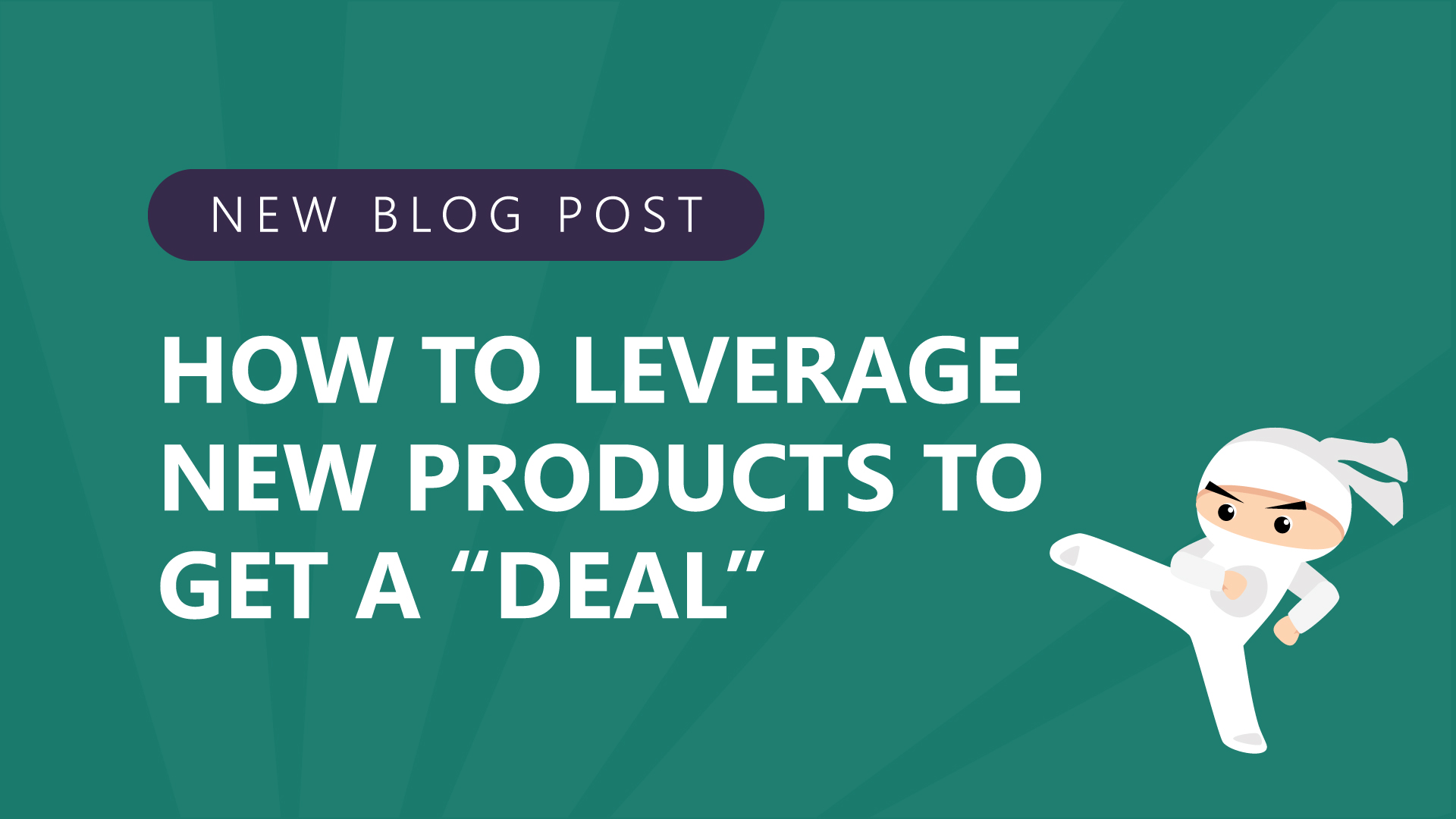A vendor like Microsoft or Salesforce wants the adoption and utilization of their products—especially the new ones. The “new” things must be deployed well as a new revenue stream. The deployment and buy-in usually fall on salespeople.
But because of the desire to get their new product or service up and running, some legacy products/services might become less important. Oftentimes, you can leverage the new to get a deal on the old.
Vendors have to push a new product. They have KPIs to meet. Usage makes things “sticky.” That means adoption and utilization are critically important. What does that mean for the deal?
Your negotiation hinges on your research
By the time you enter a negotiation, you should have done extensive research. You should have listened to earnings calls and paid attention to what they’re saying to the market about the most important products.
Bring everything you know to the table. Strike when the salesperson will “get the most.” Because you know what they need, you can ask them to do things they wouldn’t normally prefer to do, such as improve per-unit pricing on the underlying product.
If they do those things, you can give them what benefits them when they’re most likely to want and/or need them. You need to extract the most value you can. Ask them for value-add resources to get more value out of the products you already have. It will go a long toward getting them to pull the trigger on what matters most at this point in time.
- You have to paint the picture of what’s important to them
- Remind them of the long-term benefits/opportunities
- Reinforce that this will only happen if they concede something to you
You’re also emphasizing the time pressure they may have near the end of the quarter or the end of the year. Why does that matter?
How salespeople are typically compensated
Salespeople are often compensated based on specific targets they’re supposed to hit. Quarter ends are important, but year-ends are the most important.
The current annual contract value (ACV) must grow. So, they have KPIs associated with the growth of the ACV. A customer needs to spend more every year. That’s why upgrades or adding a product are often pushed.
It’s not always about the amount of dollars spent but the actual usage of a new product. The salesperson might have to report the number of deals that include a particular product. They might get bonuses tied to adding products to a current customer’s lineup.
That’s why knowing what matters to them is important for your negotiation. What else do you need to know walking into a SaaS negotiation? How do you gather that information? Adam Mansfield—a Practice Leader at UpperEdge IT Negotiation Advisors—shares more in episode #423 of Negotiations Ninja.

